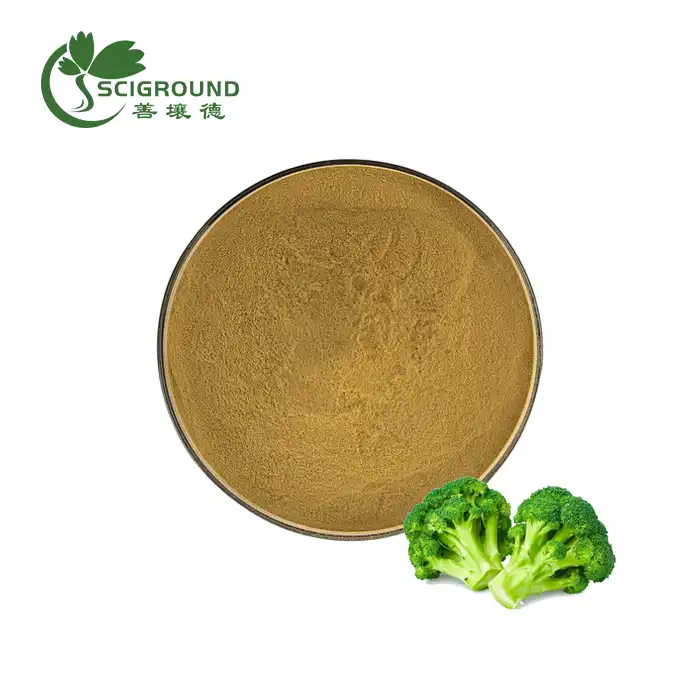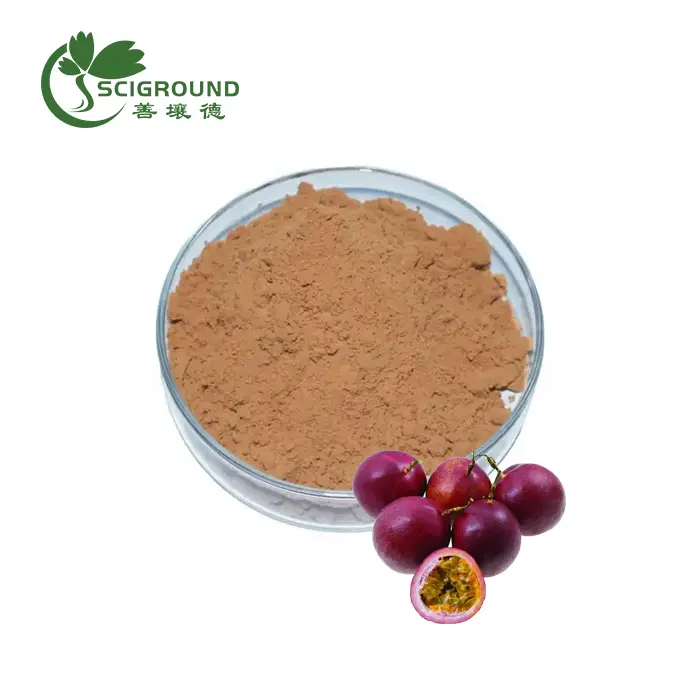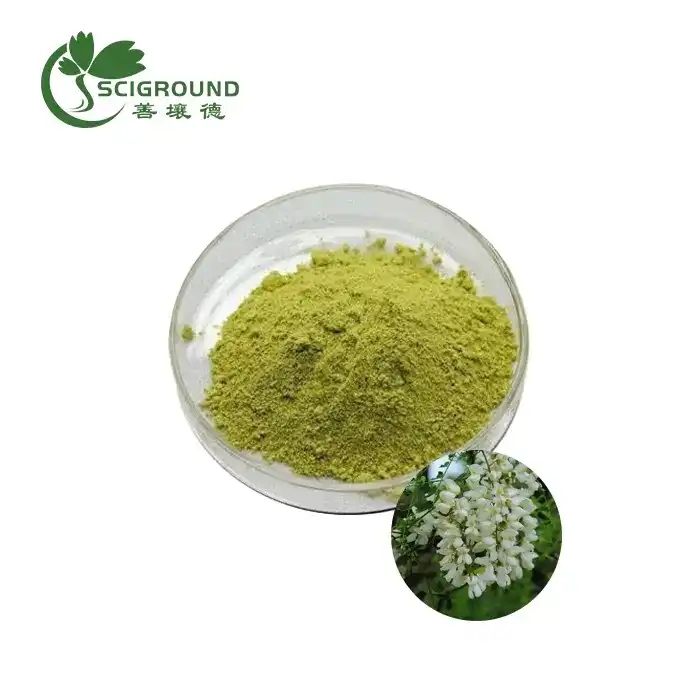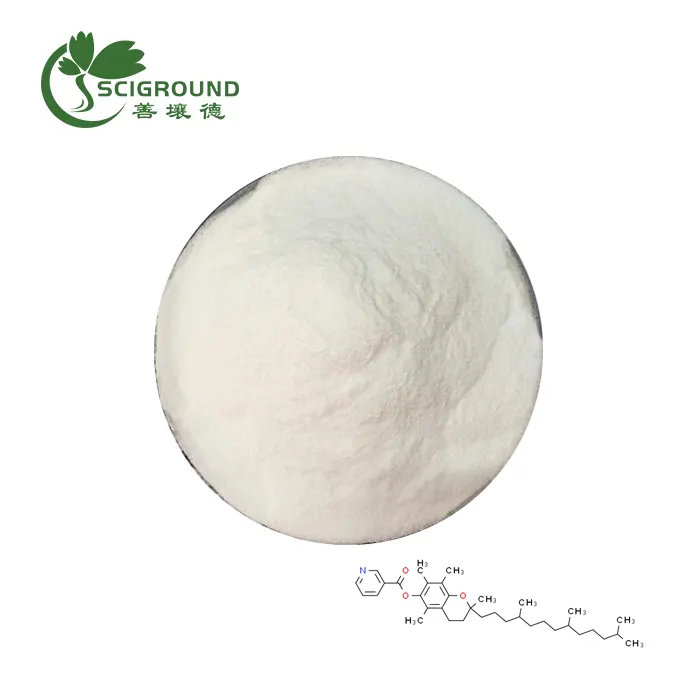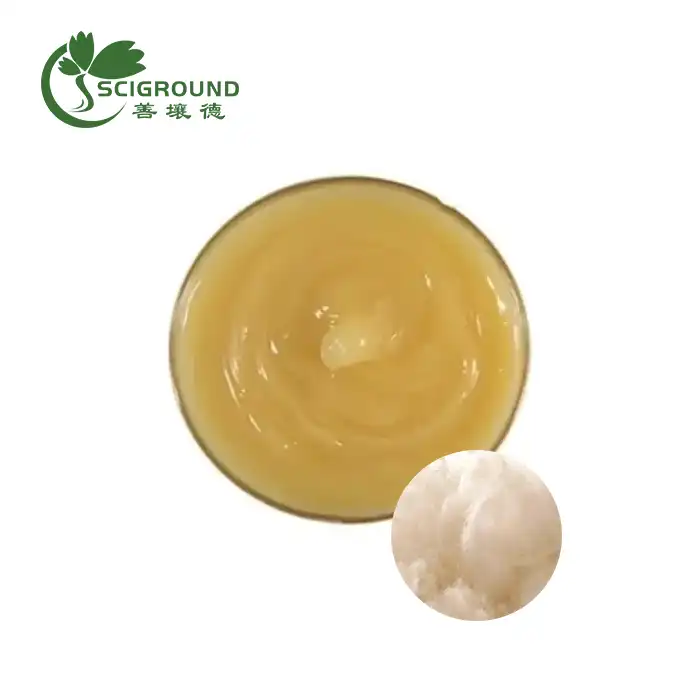What is Aconitum used for?
Aconitum, commonly known as monkshood or wolfsbane, is a genus of flowering plants belonging to the Ranunculaceae family. Despite its toxic nature, Aconitum has been utilized in traditional medicine for centuries. This article explores the various uses of Aconitum, its effects, and important considerations for its application.
What is Aconitum Used For?
Aconitum has a long history of medicinal use, primarily in traditional Asian medicine. Its applications include:
- Pain relief: Aconitum extracts have been used to alleviate various types of pain, including neuralgia, rheumatism, and sciatica.
- Fever reduction: Traditionally, it has been employed to reduce fevers associated with conditions like colds, pneumonia, and laryngitis.
- Anti-inflammatory properties: Some practitioners use Aconitum to address inflammation in the body.
- Cardiovascular issues: It has been utilized to manage high blood pressure and slow heart rate.
- Respiratory conditions: Aconitum has been used to treat asthma and other respiratory ailments.
- Diuretic effects: Some traditional applications involve using Aconitum as a diuretic to promote urine production.
It's crucial to note that while these traditional uses exist, scientific evidence supporting the safety and efficacy of Aconitum is limited. The plant's extreme toxicity makes its use highly controversial in modern medicine.
What is the Difference Between Acorus Gramineus and Acorus Calamus?
While not directly related to Aconitum, it's worth discussing the differences between Acorus gramineus and Acorus calamus, as they are often confused with each other in herbal medicine:
Acorus gramineus, also known as Japanese sweet flag or grassy-leaved sweet flag, is a species of perennial plant native to eastern Asia. It's characterized by:
- Sword-like leaves that are typically shorter and narrower than those of Acorus calamus
- A milder, more pleasant aroma compared to Acorus calamus
- Traditional use in Asian medicine for memory enhancement and digestive issues
Acorus calamus, commonly called sweet flag or calamus, is found in wetlands across North America, Europe, and Asia. Its distinguishing features include:
- Longer, broader leaves compared to Acorus gramineus
- A stronger, more pungent aroma
- Wider range of traditional medicinal uses, including treatment for digestive disorders, respiratory problems, and nervous system issues
Both species contain bioactive compounds, but Acorus calamus is generally considered more potent and potentially more toxic due to its beta-asarone content.
What is Acriflavine Hydrochloride Used For?
Acriflavine hydrochloride, while not related to Aconitum, is another compound with interesting medicinal properties. It's an antiseptic agent with various applications:
- Antimicrobial action: Acriflavine hydrochloride exhibits broad-spectrum antimicrobial activity against bacteria, fungi, and some viruses.
- Wound treatment: It's used topically for treating minor wounds, burns, and skin infections.
- Aquarium treatment: In fishkeeping, it's employed to treat fungal and bacterial infections in fish.
- Research applications: Acriflavine hydrochloride is used in molecular biology research, particularly in studies involving mitochondrial DNA.
The compound's ability to intercalate with DNA gives it both its therapeutic properties and potential risks. As with any medication, it should be used under proper medical supervision.
The Effects and Risks of Aconitum
Returning to our main topic, it's crucial to understand the effects and risks associated with Aconitum use:
Effects:
- Analgesic properties: Aconitum contains alkaloids that can provide pain relief.
- Anti-inflammatory action: Some compounds in Aconitum may help reduce inflammation.
- Cardiovascular effects: It can influence heart rate and blood pressure, although these effects can be dangerous.
Risks:
- High toxicity: Aconitum is one of the most poisonous genera of flowering plants. Even small doses can be lethal.
- Cardiac arrhythmias: Aconitum can cause severe heart rhythm disturbances.
- Neurological effects: Symptoms of poisoning include numbness, tingling, and paralysis.
- Gastrointestinal distress: Nausea, vomiting, and diarrhea are common symptoms of Aconitum toxicity.
Due to these significant risks, the use of Aconitum in any form should be approached with extreme caution and only under the supervision of qualified healthcare professionals.
Traditional Uses and Modern Research
In traditional Chinese medicine, Aconitum has been used for centuries, often in combination with other herbs to mitigate its toxicity. Common traditional applications include:
- Treatment of rheumatic fever and painful joints
- Management of heart palpitations and irregular heartbeats
- Addressing certain types of headaches and neuralgias
Modern research on Aconitum is limited due to its high toxicity. However, some studies have explored:
- The potential of certain Aconitum alkaloids as analgesics
- The anti-inflammatory properties of Aconitum extracts
- The development of safer, processed forms of Aconitum for medicinal use
It's important to note that while research continues, the use of Aconitum in conventional medicine remains extremely limited due to safety concerns.
Safety Considerations and Legal Status
Given the potent nature of Aconitum, several safety considerations and legal restrictions are in place:
- Many countries have strict regulations on the cultivation, possession, and use of Aconitum plants and extracts.
- In some jurisdictions, Aconitum is classified as a controlled substance due to its toxicity.
- The use of Aconitum in homeopathy is controversial, with ongoing debates about its safety even in highly diluted forms.
- Most health authorities strongly advise against self-medication with Aconitum or any products containing it.
The legal status and regulations surrounding Aconitum can vary significantly between countries and regions. Always consult local laws and healthcare professionals before considering any use of Aconitum-related products.
Conclusion
Aconitum, with its long history in traditional medicine and its potent biological effects, remains a subject of both fascination and caution in the world of herbal medicine. While its traditional uses span a wide range of conditions, from pain management to cardiovascular issues, the extreme toxicity of Aconitum poses significant risks that cannot be overlooked.
Modern research continues to explore the potential medicinal properties of Aconitum alkaloids, seeking ways to harness their benefits while mitigating the dangers. However, until safer methods of utilization are developed and thoroughly tested, the use of Aconitum in any form should be approached with the utmost caution and only under expert guidance.
As we've explored in this article, the world of medicinal plants is vast and complex. From the distinctions between Acorus species to the applications of compounds like acriflavine hydrochloride, there's always more to learn and discover in the realm of natural medicine.
For those interested in plant-based remedies, it's crucial to prioritize safety, rely on scientific evidence, and consult with qualified healthcare professionals. The power of nature can be both healing and harmful – wisdom lies in knowing the difference and proceeding with informed caution.
Call to Action: If you're interested in learning more about plant extracts and their potential applications, we invite you to explore our range of high-quality, professionally processed botanical products. For more information or to discuss your specific needs, please contact us at info@scigroundbio.com. Our team of experts is ready to assist you in finding safe, effective natural solutions for your health and wellness goals.
References
- Chen, J., & Chen, T. (2004). Chinese Medical Herbology and Pharmacology. Art of Medicine Press.
- Singhuber, J., Zhu, M., Prinz, S., & Kopp, B. (2009). Aconitum in Traditional Chinese Medicine—A valuable drug or an unpredictable risk? Journal of Ethnopharmacology, 126(1), 18-30.
- Nyirimigabo, E., Xu, Y., Li, Y., Wang, Y., Agyemang, K., & Zhang, Y. (2015). A review on phytochemistry, pharmacology and toxicology studies of Aconitum. Journal of Pharmacy and Pharmacology, 67(1), 1-19.
- Csupor, D., Forgo, P., & Hohmann, J. (2007). C19-Norditerpenoid alkaloids from Aconitum species. Helvetica Chimica Acta, 90(9), 1752-1764.
- Chan, T. Y. (2009). Aconite poisoning. Clinical Toxicology, 47(4), 279-285.
- Zhao, D., Wang, J., Cui, Y., & Wu, X. (2012). Pharmacological effects of Chinese herb aconite (fuzi) on cardiovascular system. Journal of Traditional Chinese Medicine, 32(3), 308-313.
Related Industry Knowledge
- Unlocking the Power of Arnica Extract: Benefits & Risks
- What are the uses and pharmacology of Nobiletin Powder?
- What is Artemisia annua extract in skincare?
- What does Agaricus Blazei do for the skin?
- How to Make Alfalfa Extract
- How to Take Tongkat Ali Extract Liquid Supplement
- What is safflower extract used for?
- how to make pumpkin seed protein powder
- Butcher's Broom Extract: A Natural Solution for Circulation and Vein Health
- Lentinan Extract: Unveiling the Power of Mushroom-Based Health
